The 140 companies and organizations listed in the Canadian Space Directory generated $3.44 billion CDN in revenue and employed over 8000 Canadians in 2010, according to the 2010 State of the Canadian Space Sector Report. These firms support the technologies required for weather forecasting, remote sensing, GPS systems, satellite and cable television, remote phone communication systems and even our Canadian astronautcorps.
They also provide equipment and technical support to scientists performing experiments and developing new technologies related to astronomy, Earth sciences, medicine and many other fields at over a dozen university faculties located throughout the country plus facilitate communications and space situational awareness for our Canadian military in the far North for Arctic sovereignty and on missions throughout the world. Taken together, these companies, the educational facilities developing new innovations, our military, plus the government and industry organizations and the facilities they utilize represent our critical Canadian space infrastructure.
But this infrastructure is in a state of crisis. What must we do to protect, support and grow this disparate group of private and public organizations, capabilities and supporting infrastructure? Join us to find out at this full day discussion of Canada’s future in space.
The Canadian Space Commerce Association 2012 Conference is featuring:
• Joan Harvey – Head of Research &Analysis, Policy and External Relations, Canadian Space Agency (CSA)
• Maryse Harvey and/or Jim Quick – VPand CEO, respectively, Aerospace IndustriesAssociation of Canada
• Dr. Christian Feichtinger – Executive Director, International Astronautical Federation
• Alex Saltmann – Executive Director, Commercial Space Flight Federation
• Robert Godwin – Director, Canadian Air and Space Museum, and Owner, Apogee Books
• Dr. Arsen Hajian – Arjae Spectral Enterprises
• Ron Holdway – President, Canadian Aeronautics and Space Institute, and VP of Government Relations, Com Dev International
• ScottLarson – President, Urthe Cast
• Dr. Gordon Osinski – NSERC/MDA/CSA Industrial Research Chair in Planetary Geology, University of Western Ontario
• Larry Reeves – Director, Canadian Satellite and Design Challenge (CSDC)
• Nobina Robinson – CEO, Polytechnics Canada, and member of the Review of Federal Support to Research and Development (the Jenkins Panel)
• Kevin Shortt – President, Canadian Space Society
• Cliff Sosnow – Chair of the International Trade and Investment Group, Blake, Cassels & Graydon LLP
• Michael Woods –Partner, Heenan Blaikie Law Firm
Date & Time: Wednesday, March 28th, 2012, 8:30 AM – 5:30 PM, with a Networking & Social Eventat 7:00 PM
Location: National Arts Centre, Fountain Room, 53 Elgin Street, Ottawa, Ontario, K1P 5W1, Canada
CSCA is looking for three speakers on the topic of their start-up commercial space venture modeled on the format of the O’Reilly’s Ignite Talks under the motto “Enlighten Us, But Make It Quick!”. Anyone who is interested should submit an abstract with contact information and a 5-minute presentation for consideration, to Marc Boucher.
CSCA is looking for two volunteers for the CSCA 2012 Conference. If you are interested in this opportunity, please email Farnaz Ghadaki.
To find out more about this event, please visit the Canadian Space CommerceAssociation website. For registration, please visit: http://2012canadianspacecommerceassociation.eventbrite.com/






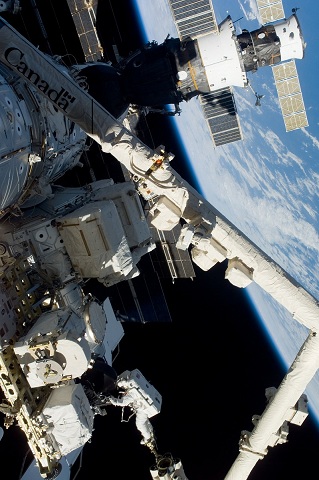






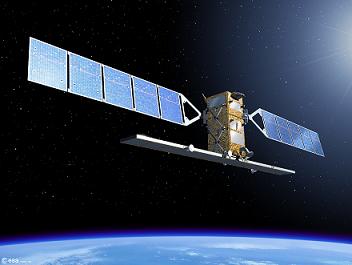
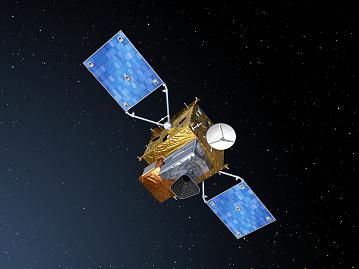
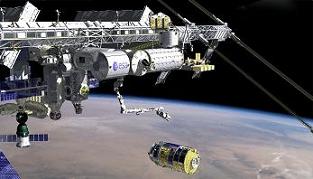
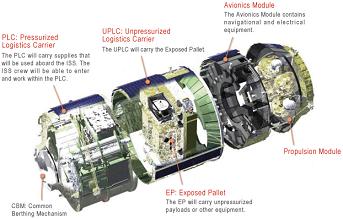


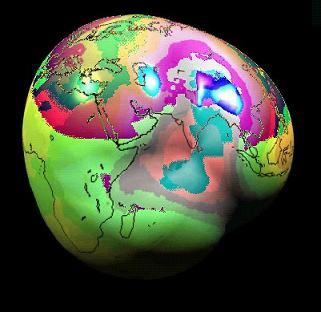
 Subscribe to blog posts using RSS
Subscribe to blog posts using RSS











